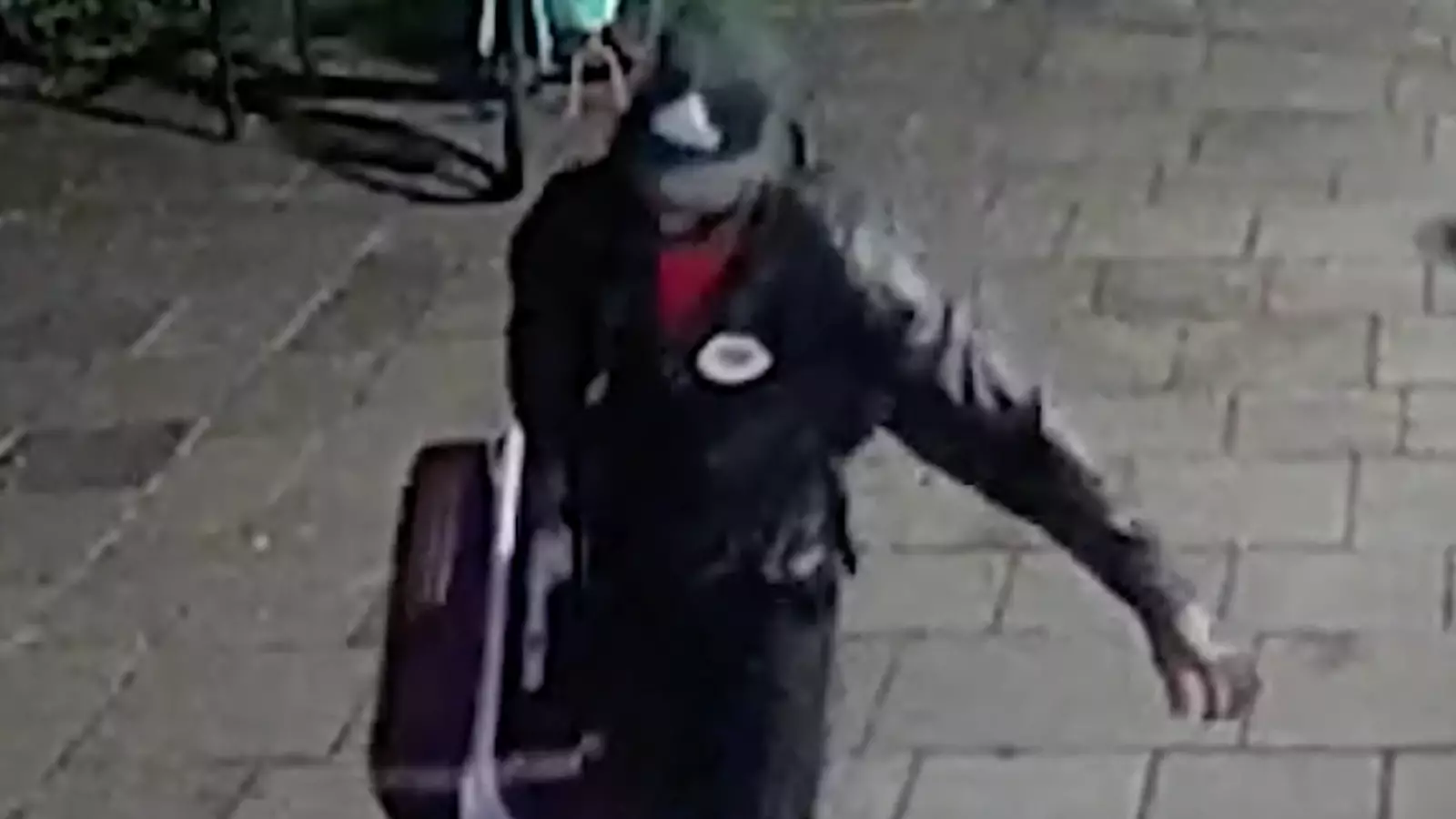The brutal murders committed by Yostin Andres Mosquera have left communities shaken, forcing us to confront not only the depths of human cruelty but also the failures of our societal systems that allow such heinous acts to unfold with minimal warning. These acts of violence are a stark reminder that beneath the veneer of civility lies a fragile veneer, easily shattered by unchecked rage and moral decay. As citizens, we cannot afford to dismiss these horrors as isolated incidents; instead, they should ignite a profound introspection about the social and political factors that enable such tragedies to happen.
This particular crime was not merely an act of violence, but a calculated effort to conceal the aftermath of an unspeakable act. The horror is compounded by the tragedy that innocent bystanders, caught in a moment of confusion and distress, became inadvertent accomplices—drastically traumatized by the gruesome scene they unwittingly encountered. It forces us to question how society prepares or fails to prepare its members for encounters with crisis, especially when tragedy unfolds in public spaces where safety should be guaranteed, not jeopardized.
Community Failings and the Power of Public Vigilance
What struck me most about this case was the role of ordinary individuals who reacted with instinctive decency. When witnesses saw Mosquera struggling with what they assumed were heavy, perhaps illicit, cargo, their willingness to help—even to the point of offering their vehicles—was both compassionate and naive. Their actions underscore a crucial dilemma: how do we balance instinctive kindness with vigilance in a society that often underestimates the potential for danger around us?
The cyclist who dared to challenge Mosquera and film his suspicious activity played a pivotal role in intercepting a potential tragedy. Their bravery underscores an essential truth: ordinary citizens possess an extraordinary capacity to safeguard their communities when empowered and encouraged to act responsibly. Yet, their trauma also raises questions about societal support. Will they receive the psychological help needed to process such an ordeal? Or are we dismissing their suffering, assuming community resilience is enough? The government and civic institutions must do more to recognize and bolster grassroots efforts, providing psychological aid and even legal protections for those who act in the public’s interest.
The Road to Justice and Systemic Failure
Law enforcement response in this case exemplifies both the resilience and the limitations of our justice system. The police, overwhelmed by the grotesque sights they encountered, exemplify the courage needed to confront human depravity head-on. Yet, the seemingly quick arrest of Mosquera at the station also underscores the importance of vigilant surveillance and community cooperation in solving heinous crimes swiftly. Still, these measures alone cannot prevent such atrocities from occurring in the first place.
Our criminal justice framework must evolve to address the roots of violence—mental health issues, social disenfranchisement, and cultural neglect. A comprehensive system that prioritizes early intervention might have thwarted Mosquera’s path to violent crime. Additionally, immigration and social integration policies should be scrutinized, especially considering Mosquera’s background and the potential gaps that allowed him to slip through the cracks of societal oversight.
The Cultural and Ethical Price of Violence
Most disturbingly, this case exposes a collective moral blind spot—our society’s desensitization to violence and its consequences. The decapitation and dismemberment of the victims reveal a depravity that delves into the realm of the grotesque, forcing us to confront uncomfortable truths about the fragility of human morality. It prompts the question of how much violence we accept as part of modern life and what responsibility we bear in addressing its root causes.
The community’s trauma, coupled with the horrifying spectacle of the crime, highlights the necessity for societal reflection on our ethical boundaries. How have we, consciously or unconsciously, contributed to a culture where such brutality can emerge? The answer lies in a collective failure to address poverty, social alienation, and mental health crises before they erupt into violence. We must reaffirm our commitment not just to punishing offenders but to creating a society where such acts are less likely to occur—through education, mental health support, and social cohesion.
In the end, these events serve as a disturbing mirror—a call to action for a society that values human dignity and refuses to ignore the signs of moral decay. The tragedy is not only in the violence itself but in our collective neglect of the systemic flaws that enable such horror to exist.

Leave a Reply